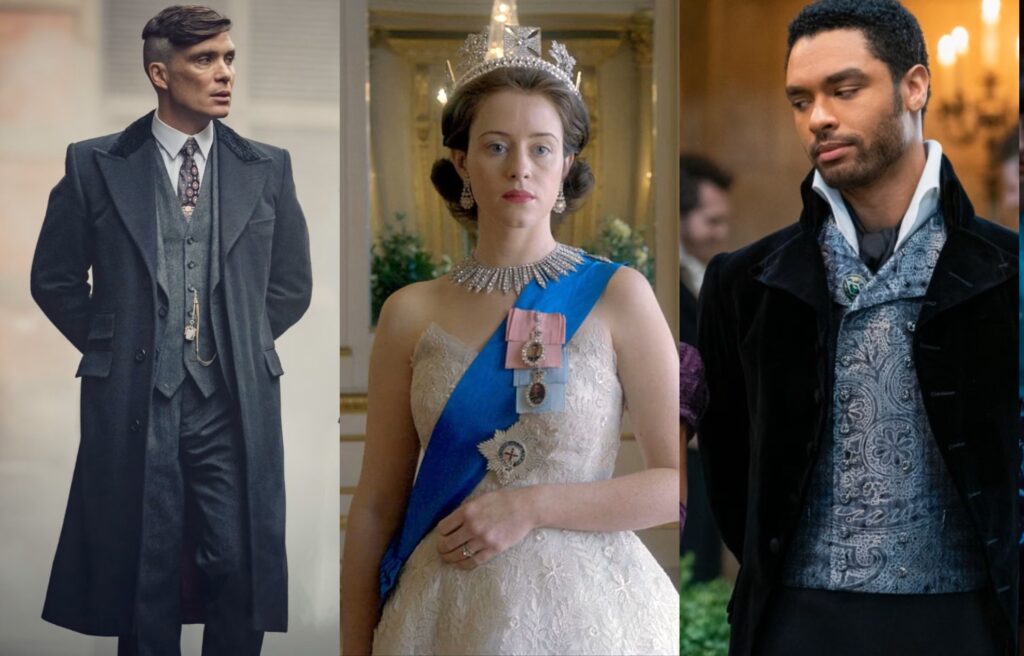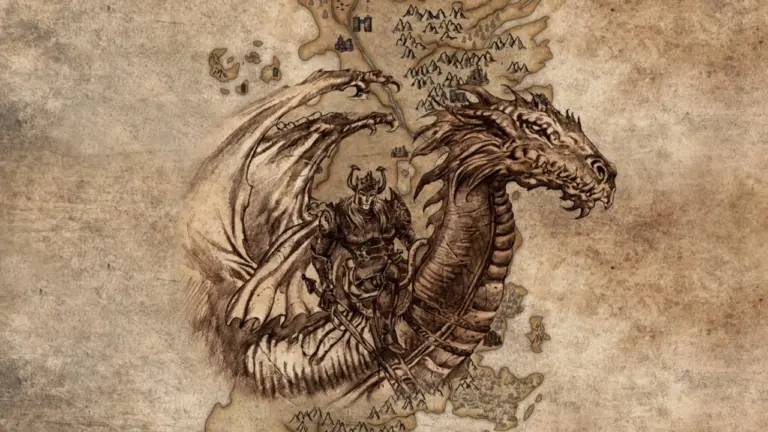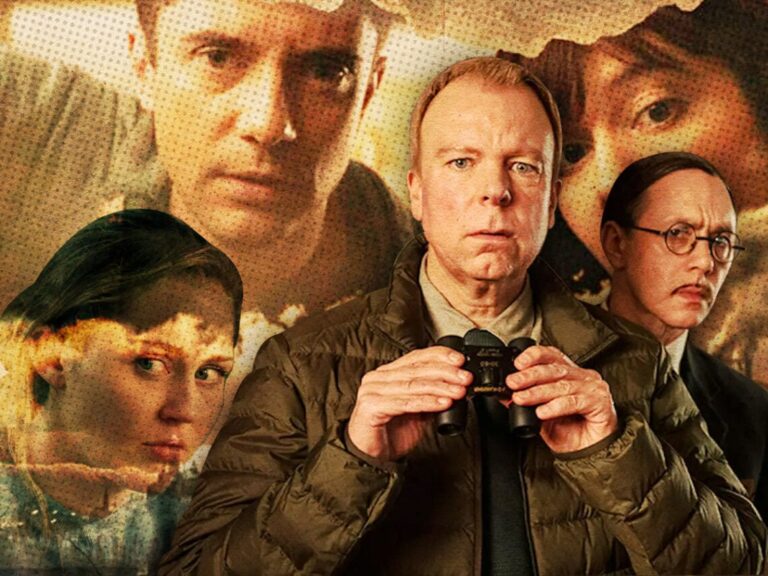Picture this: you’re sitting on your couch, snacks in hand, another episode loading. Suddenly, you’re not just watching a TV show — you’re witnessing a full-blown cinematic spectacle that feels a whole lot like a movie. In the last few years, our beloved television shows have tossed out the penny-pinching ways of the past and started rolling out the big guns. And by big guns, I mean seriously blockbuster budgets, out-of-this-world technology, and visual fireworks. Let’s get behind the curtain and see exactly how TV got this massive glow-up.
When TV Decided It Was Done Playing Second Fiddle
Flip back a decade or two, and even the most ambitious showrunners worked with budgets that would make modern studios laugh out loud. Network TV execs would have heart palpitations if anyone suggested an eight-figure spend on a single weekly episode. But oh, how the tables have turned! Like a character arc in an epic drama, today’s TV production values have climbed a mountain and reached movie heights.
Take Amazon’s “The Lord of the Rings: The Rings of Power.” Debuting in 2022, it comes out swinging with an absurdly high $58 million per episode, pushing total production costs for the first season up near $480 million. That isn’t just throwing money at a problem — that’s dropping a small nation’s GDP! Netflix, of course, didn’t sit back and watch. With “Stranger Things” Season 4, they coughed up $30 million per episode in 2022, meaning just nine episodes cost them almost $270 million according to a Variety report. Even HBO’s “Game of Thrones” — the opening shot in this TV arms race — started with what seemed like a lavish $6 million per episode for Season 1 and then doubled, finally landing at $15 million per show during its tumultuous final battles.

More Than Just Big Bucks: Streaming Wars Get Extra Spicy
All this talk about sky-high production costs begs the question: why are studios opening their wallets quite so wide? It’s simple — the streaming wars are an all-out brawl, and studios want to win your subscription. Netflix, Disney+, Prime Video, and their gang fight for your attention by producing ever-bigger and better shows. No one wants to be left behind.
Look no further than Disney+ swinging for the fences with its Star Wars series, “The Mandalorian.” This one sits pretty at $15 million per episode — on par with the most explosive entries in the TV world. But wait, that’s not all. Disney+ also dropped Marvel mini-series like “WandaVision” and “The Falcon and the Winter Soldier,” each blazing through around $25 million every single week. That means with each new episode, Disney burned through more than the entire budget of some indie films. That’s a flex if I’ve ever seen one.
The results, though? Absolutely worth it, at least from a viewer’s perspective. With all these platforms trying to one-up each other, we as fans get used to a level of splendor that simply didn’t exist on TV just a decade ago.

Tech Magic: From Green Scrims to LED Dreamscapes
Now, let’s talk tech — because while budgets matter, it’s how you spend them that counts. Special effects have changed the game. If you think back to older shows, you might recall wonky green screens and CG that looked more like video games than real life. Today’s TV? Not even close. High-tech wizardry has stormed the small screen, and the results can blow you away.
One of the most jaw-dropping innovations is something called on-set virtual production (or, if you want to sound cool, “The Volume”). First popularized by “The Mandalorian,” this set-up ditches the green screen. Instead, directors film actors in front of massive LED panels that display 3D environments, live and in real-time. The cast actually gets to see the world they’re supposed to be in, and the results look shockingly real. This not only pumps up the visual dazzle but also saves time and money in post-production, freeing creators to get even more creative.
CGI as a whole has gotten a mega-upgrade, too. Notice those Demogorgon dogs dancing across Hawkins in “Stranger Things,” or the fire-breathing dragons of “Game of Thrones?” Flawless, right? With improved rendering tech and better software, shows can toss creatures, epic battles, and wild weather onto your TV without breaking a sweat. No wonder we feel like every episode is a mini-movie.
The Audience: Demanding and Loving Every Minute
With all this action, you might wonder, who’s driving these demands? (Spoiler: it’s us.) Streaming subscribers don’t want to settle for shoddy sets or awkward digital wizardry. Modern audiences expect polish, intensity, and detail. So, big-budget shows pump money into costumes, effects, and jaw-dropping set pieces — because anything less and fans will take their couch viewership elsewhere.
Take “The Crown,” for example. Netflix invested up to $13 million per episode just to get every royal room, lavish banquet, and period outfit spot on. That level of detail has snared a global audience, and picked up an armful of Emmys along the way. Now that we know shows can look this good, anything cheap stands out like a sore thumb.
Blockbuster TV Goes Global (Seriously, Everywhere)
And here’s the other neat twist: blockbuster TV isn’t just the domain of American studios anymore. Around the globe, ambitious producers want a piece of the pie. In 2024 and 2025, Korean dramas — and even French and German originals — began scoring international headlines not just for tight storytelling, but also for slick production. Netflix’s Korean megahit “Squid Game” grabbed $21.4 million for its first season, which, while not quite at Hollywood levels, still signals a dramatic leap for Asian TV. Industry insiders note that the competition forced local productions to upgrade their tech and go big on set design just to stand out in the global marketplace.
Risk, Reward, and a Dash of Chaos
Of course, not every experiment pays off. Take “The Rings of Power.” Despite its mammoth investment, reviews proved mixed, and not every fan stuck around after episode one. The stakes are massive: when streamers bet hundreds of millions on a new show, it’s either next-level success or headline-grabbing flop. That’s a gamble, but there’s no sign of anyone backing off soon.
With fan forums, TikTok reactions, and Reddit deep-dives abuzz, showrunners pay attention. The rise of social media keeps the production teams on their toes, because every lighting choice and plot twist can go viral — or spectacularly backfire.
Behind the Curtain: Where All That Money Goes
Let’s break down what these budgets actually fund. Most of the cash finds its way into:
- Set construction and design. Think of the Wall in “Game of Thrones” or the eerie Russian lab in “Stranger Things.”
- Costume departments and period detail. “The Crown” shines here, making sure every royal outfit screams authenticity.
- Top-tier talent — both in front of and behind the camera. Stars demand big fees, and directors with blockbuster experience cost even more.
- Visual effects studios (VFX). Every dragon, spaceship, and Demodog needs its own army of artists.
- Advanced post-production. Sound editing, color grading, and FX polish that brings each episode up to film standards.
Yet, producers know every dollar counts. A flubbed CGI sequence or awkward sound mix? Fans notice. And in this environment, even small slip-ups become major talking points.
Will TV Ever Go Back? (Don’t Count On It)
So, given the current trajectory, it’s almost impossible to imagine TV shrinking back down again. Streaming services have set the bar sky-high; now, audiences expect at least a taste of spectacle with their drama. In 2025, Apple TV+ is reportedly working on “Foundation” seasons 3 and 4, likely with even higher budgets after previous seasons clocked in at over $10 million per episode. More shows announce ambitious investments every month.
For fans, this is pretty much a golden age. We get dragons, spaceships, superhumans, and palace intrigue every week. And since competition keeps heating up, our couches remain the comfiest front row seat in the business.
Curtain Call: Grab Your Popcorn, the Show’s Just Getting Started
What began as a gradual uptick in production values has truly exploded into a new era. TV is no longer TV — it’s the best of everything Hollywood offers, repackaged for your living room and ready on-demand. Studios, faced with a battle for audience attention, keep amping up stakes, budgets, and creative choices. Audiences, in return, keep pushing for more. The next chapter? It’s already loading. So settle in. The spectacle isn’t fading anytime soon.





